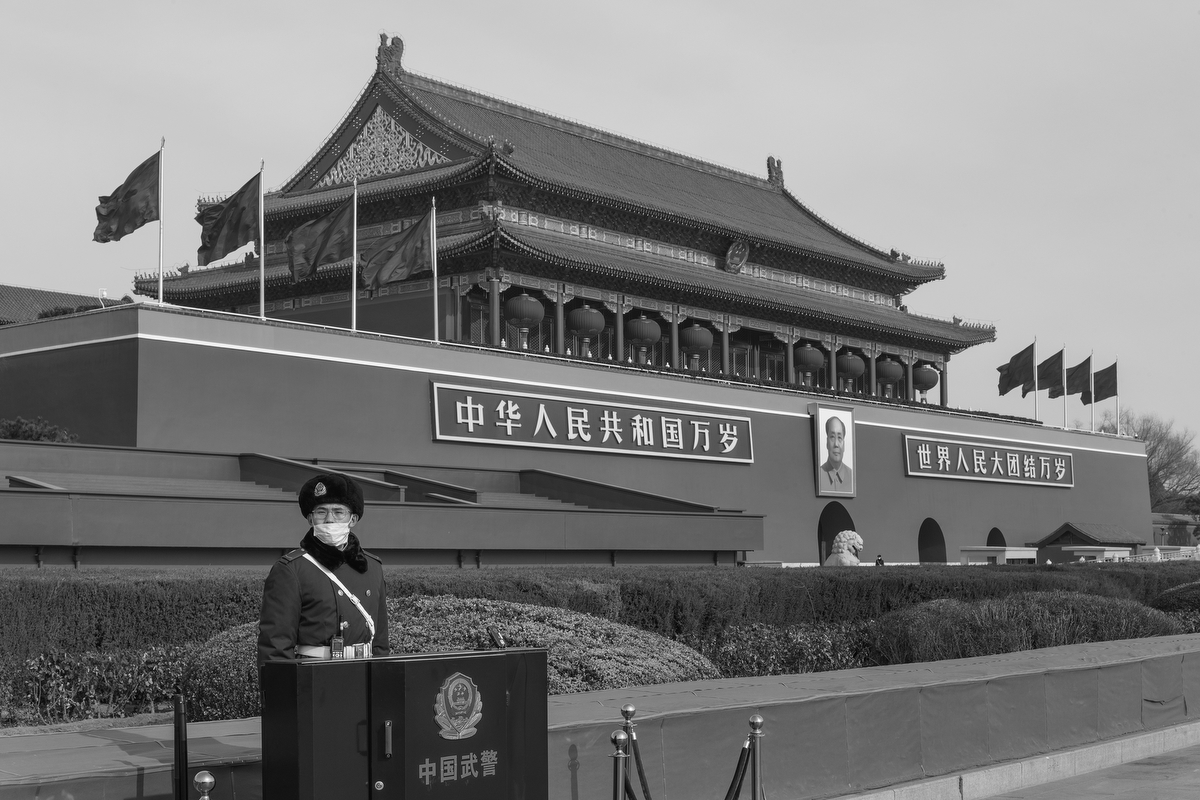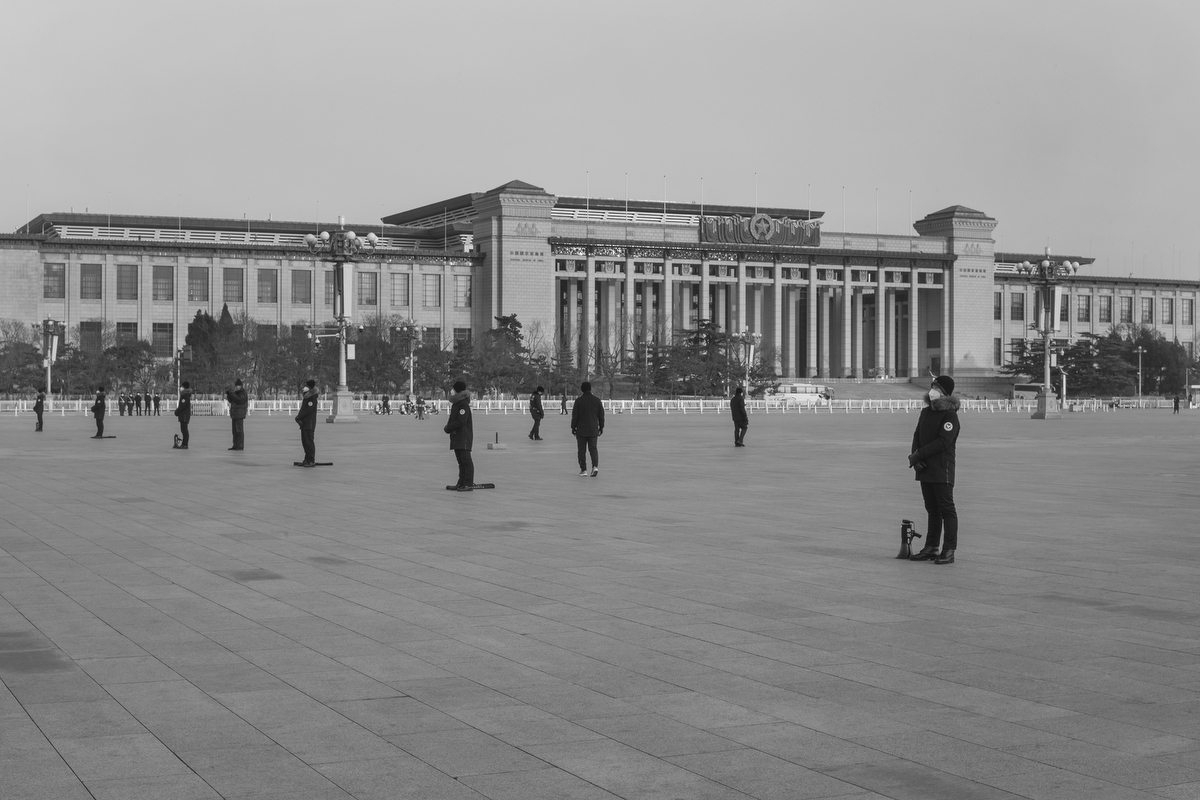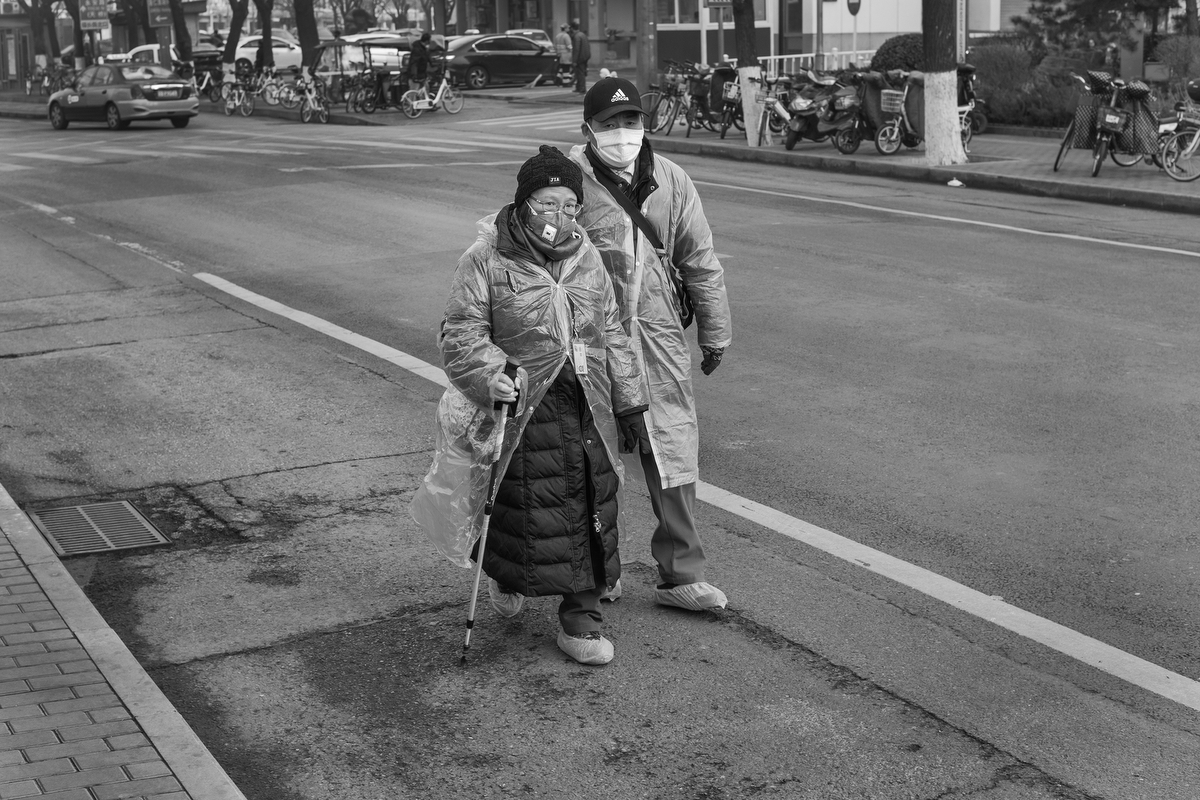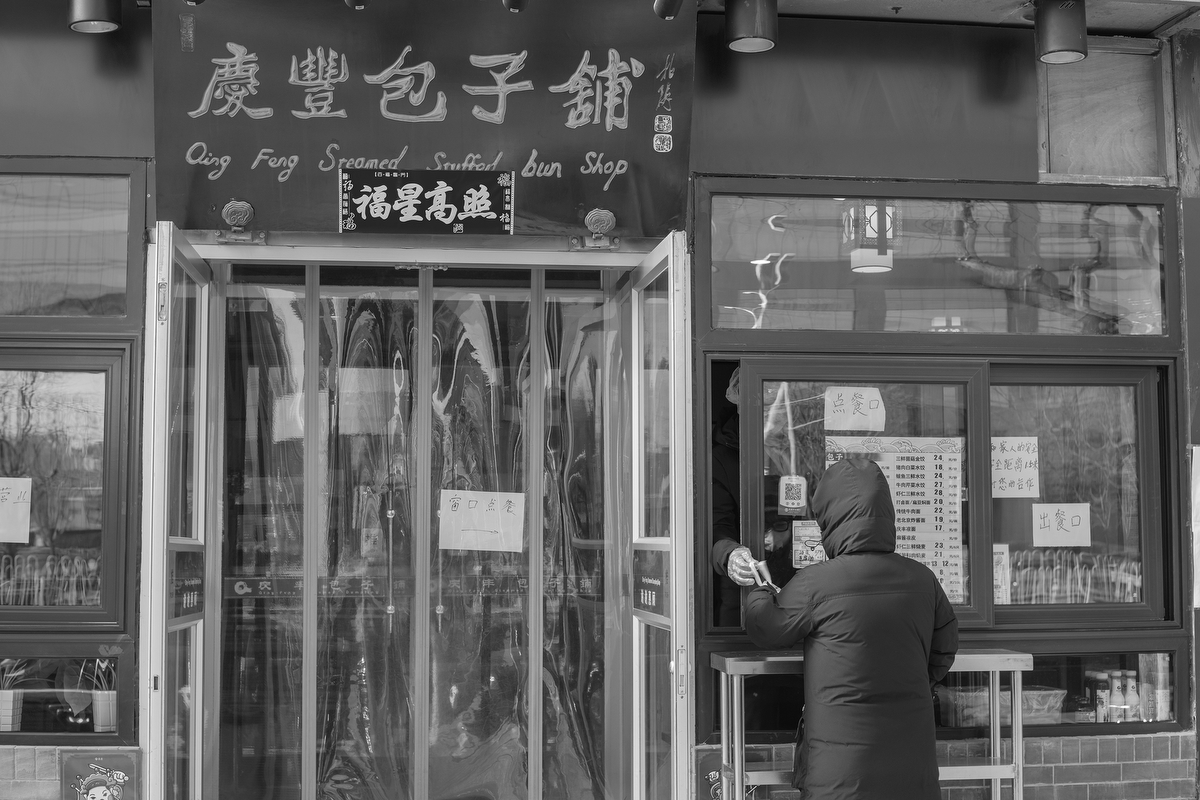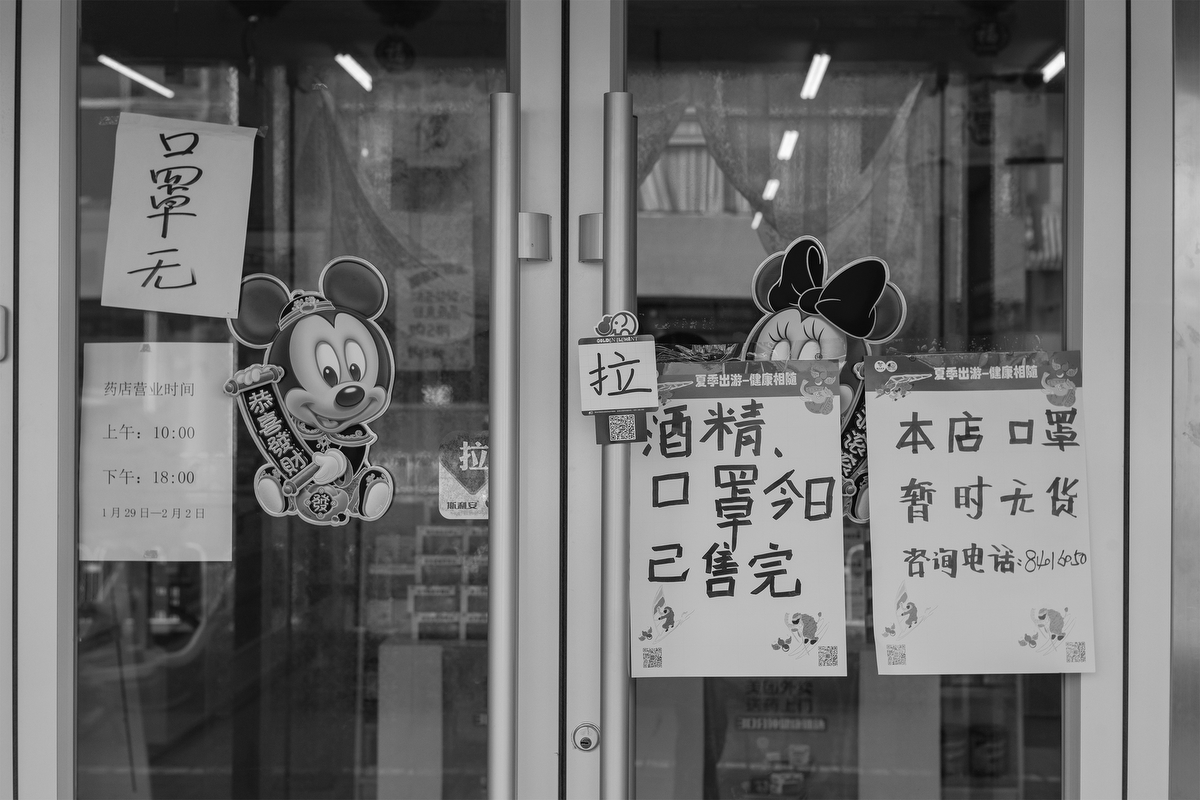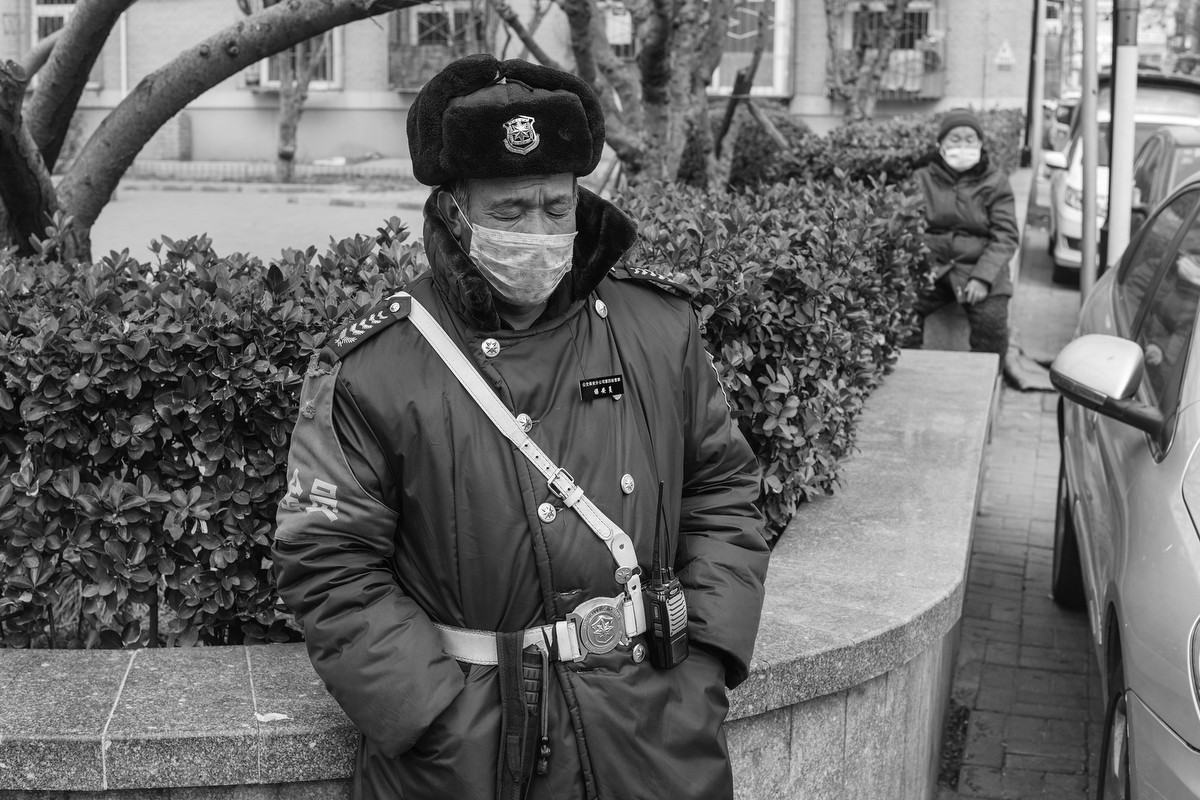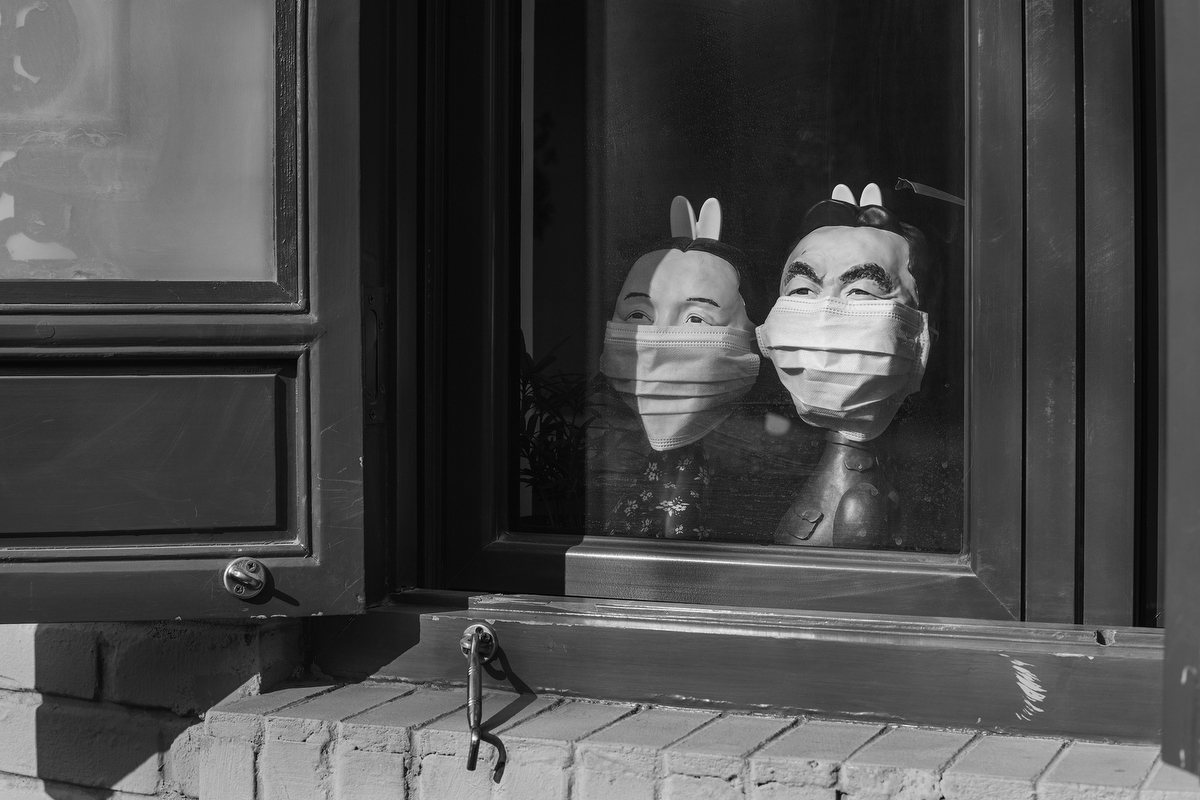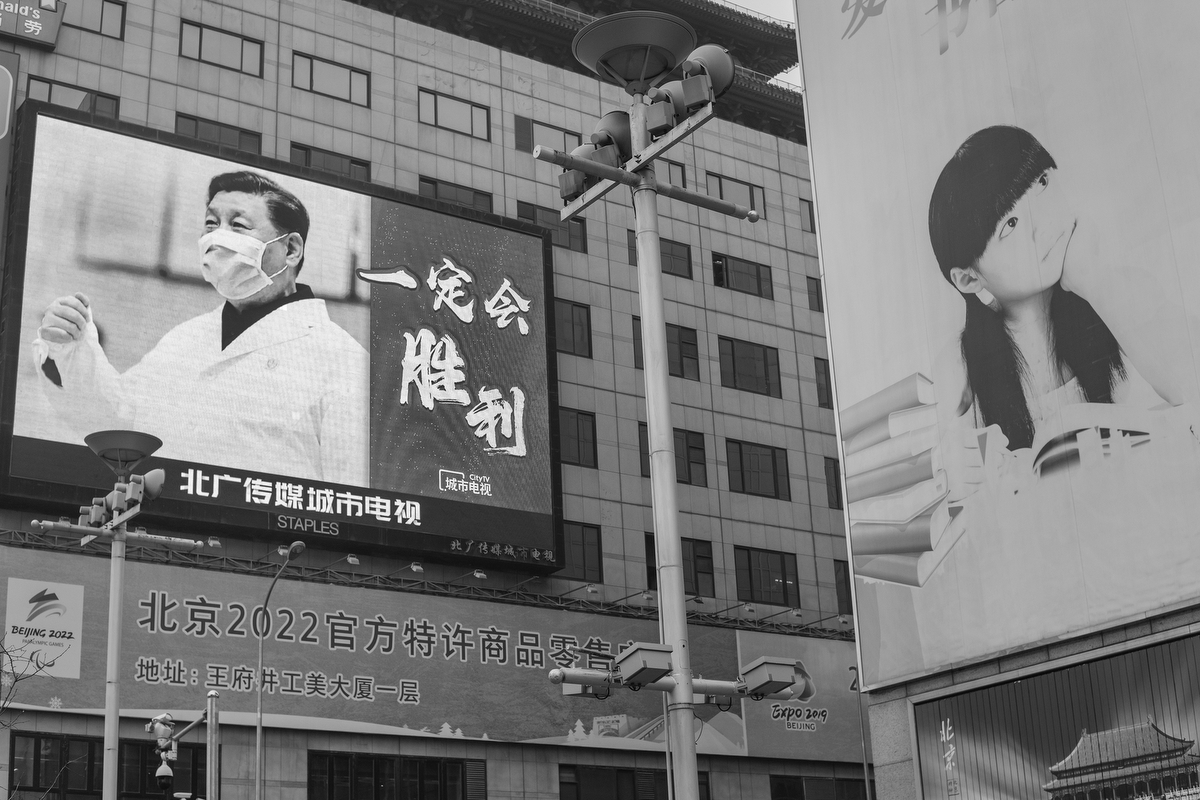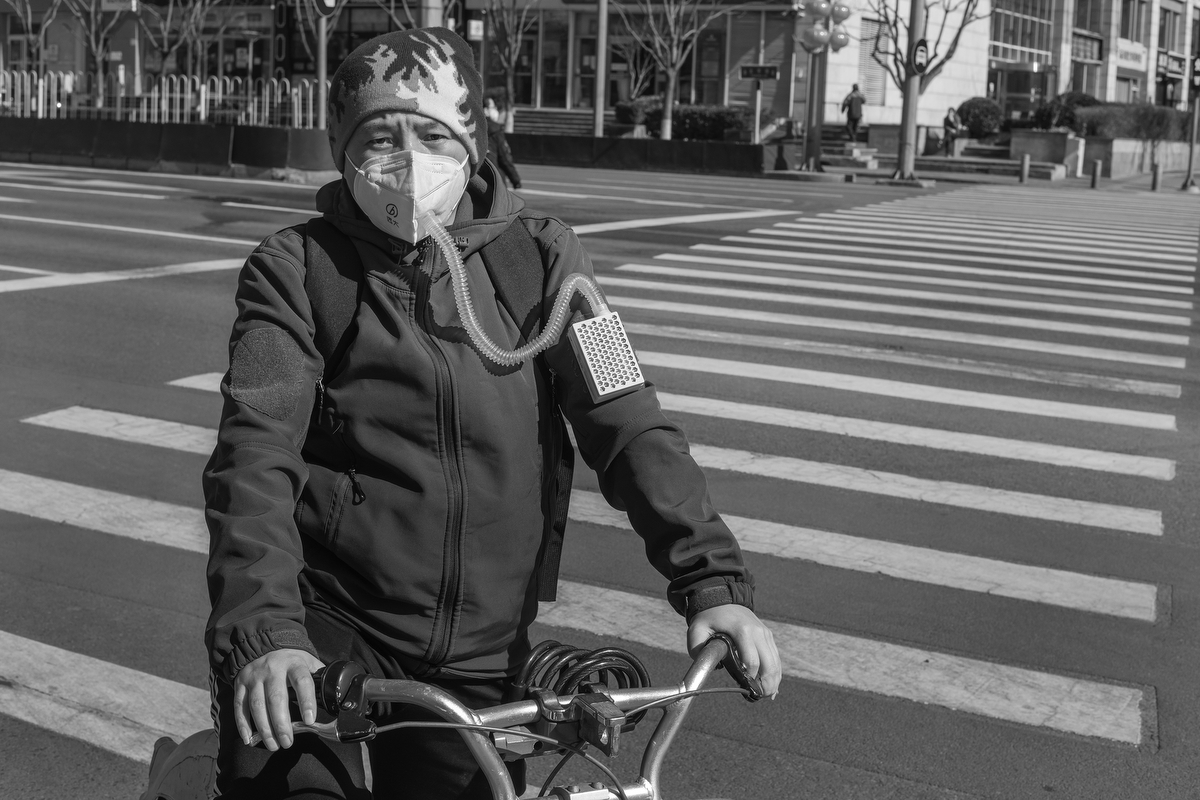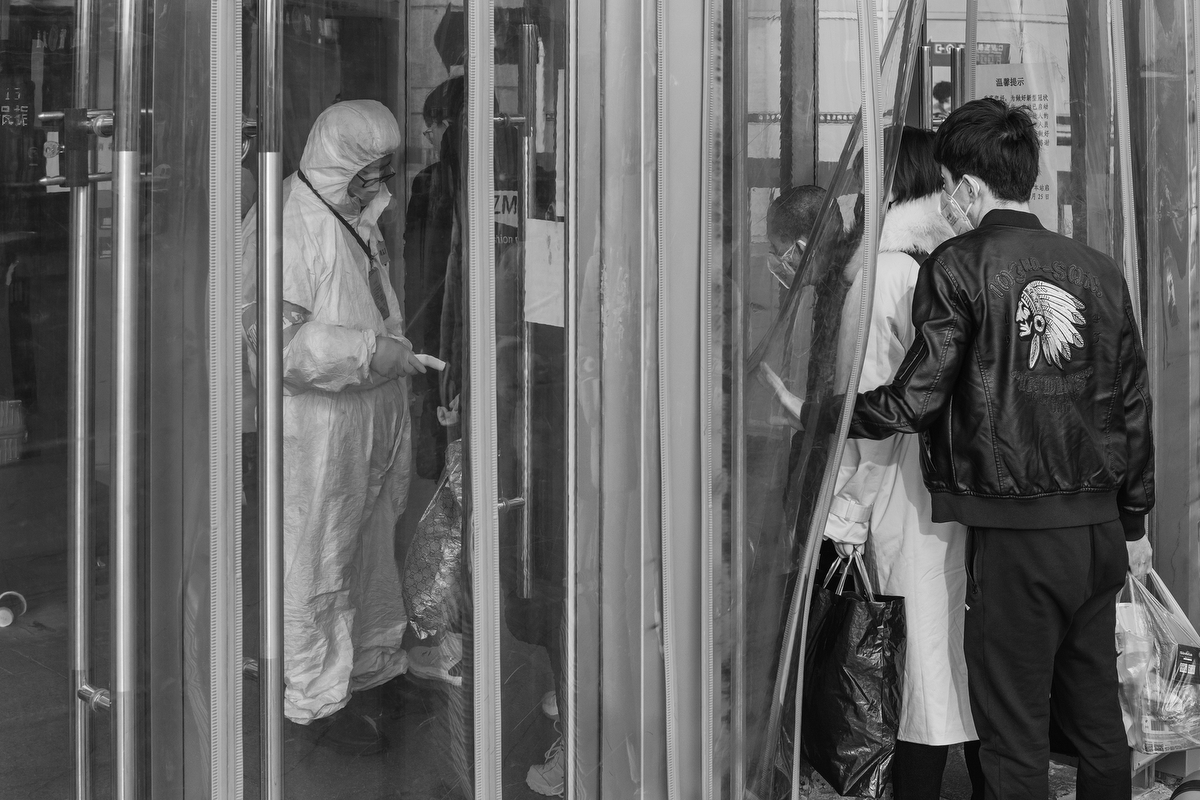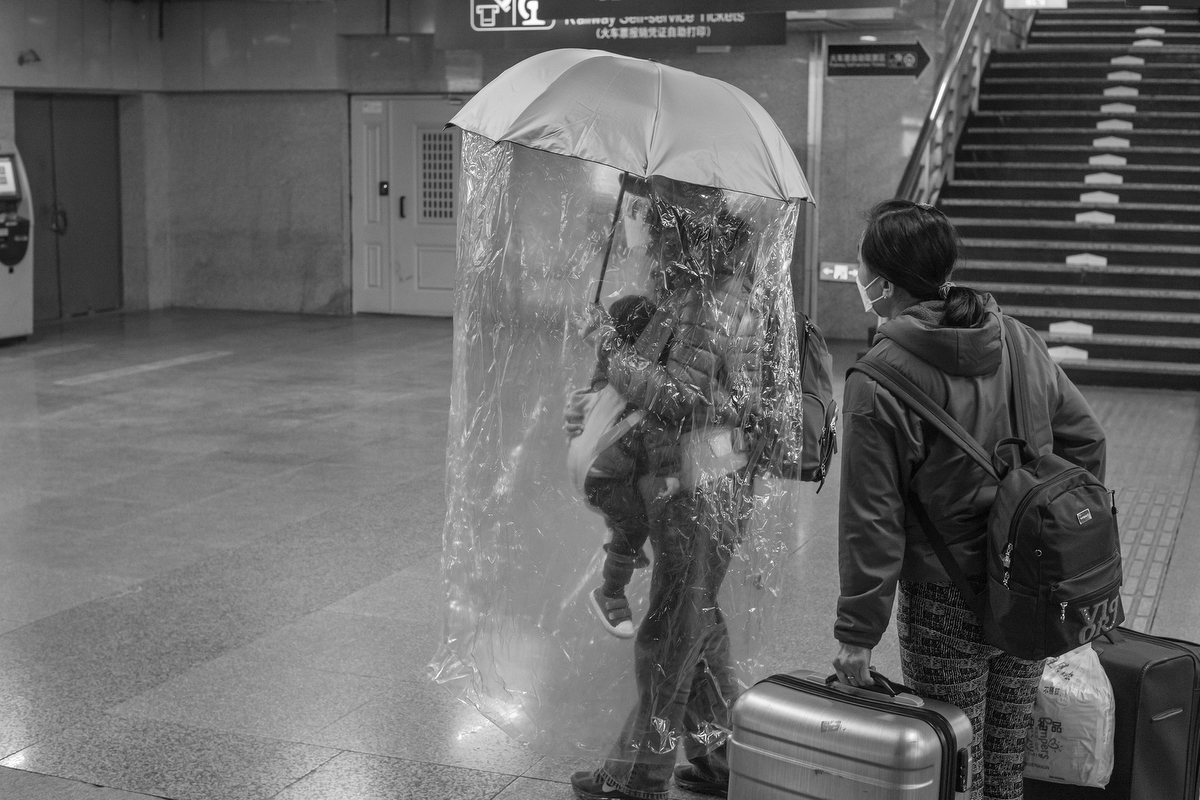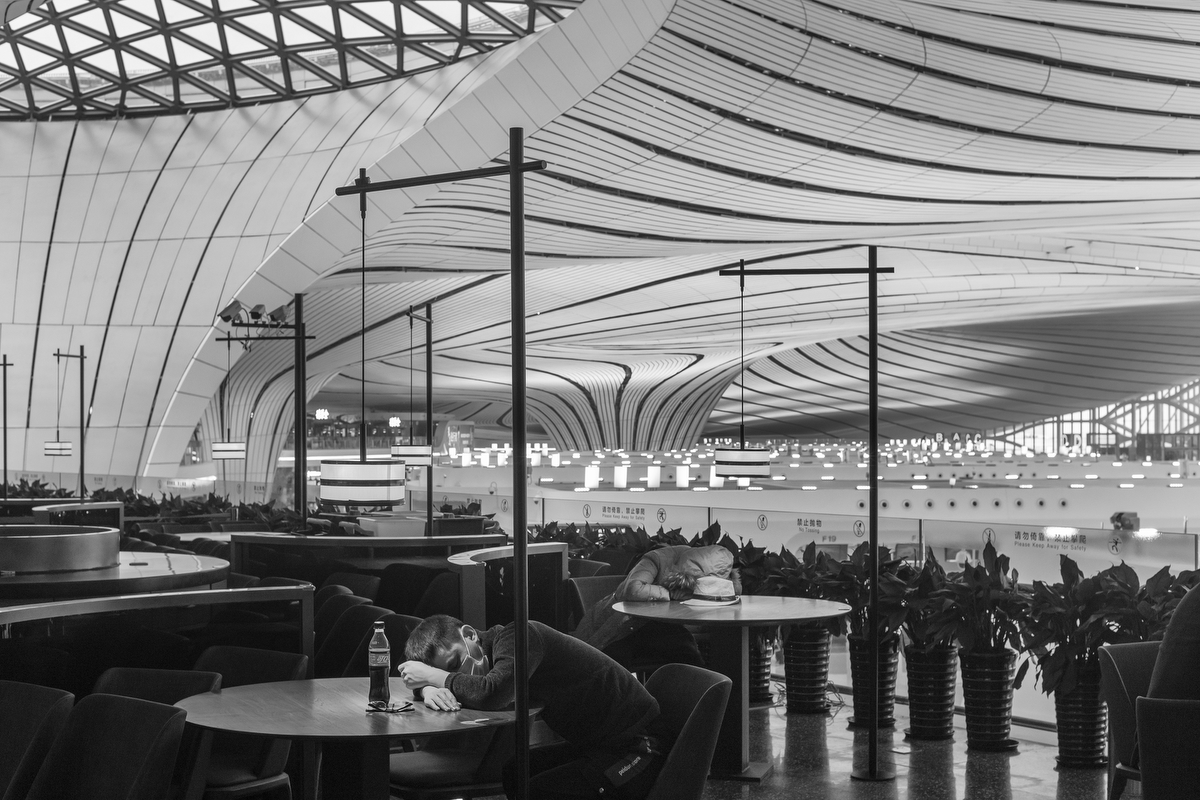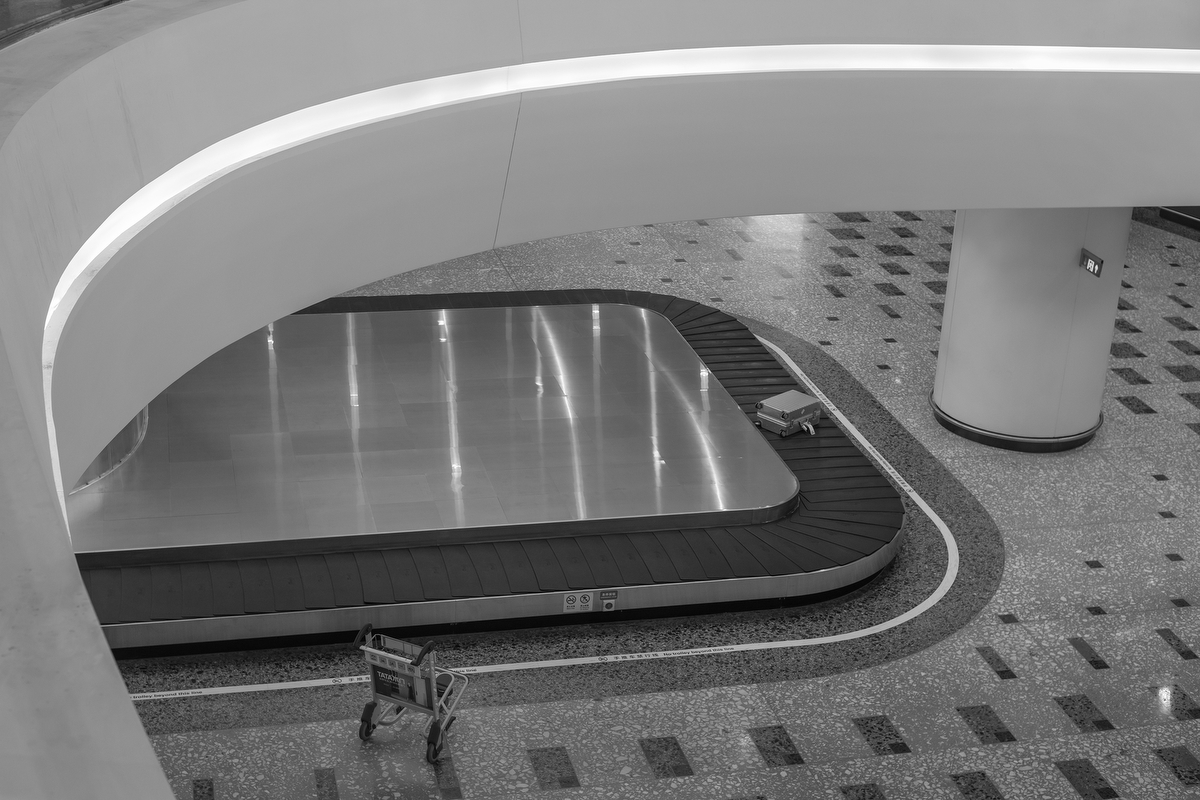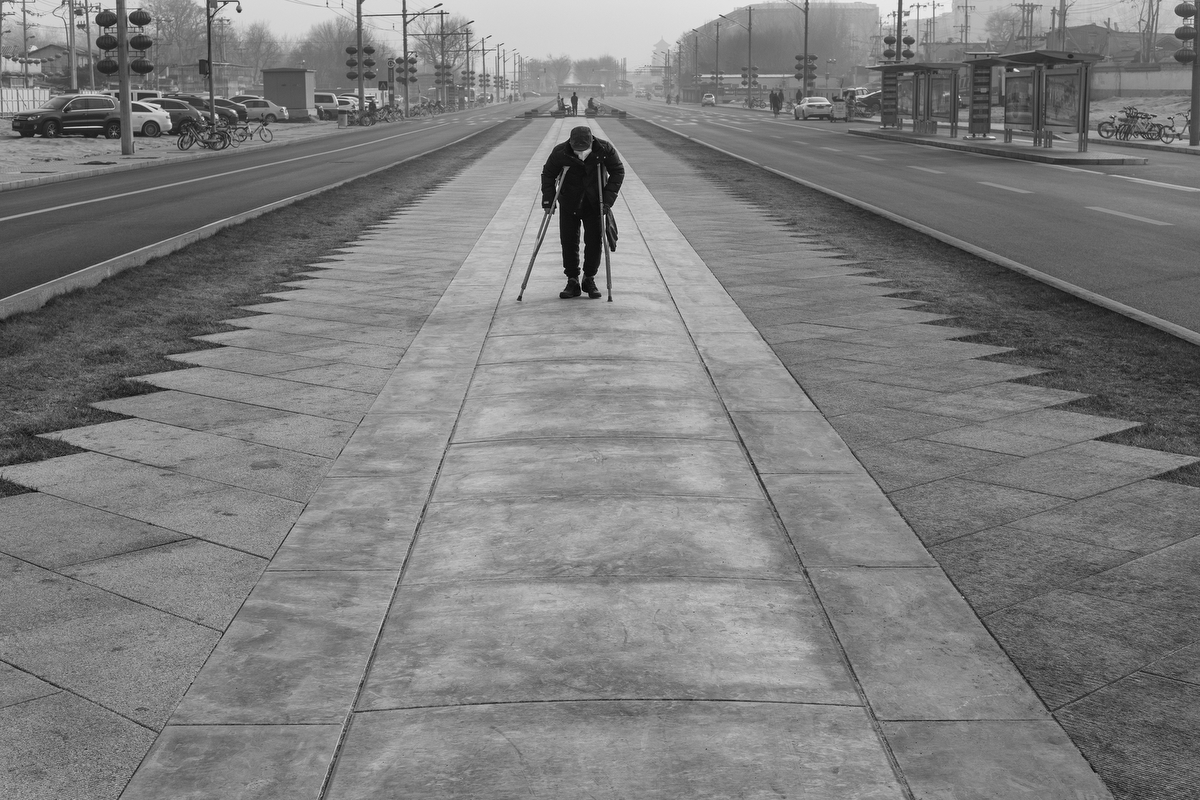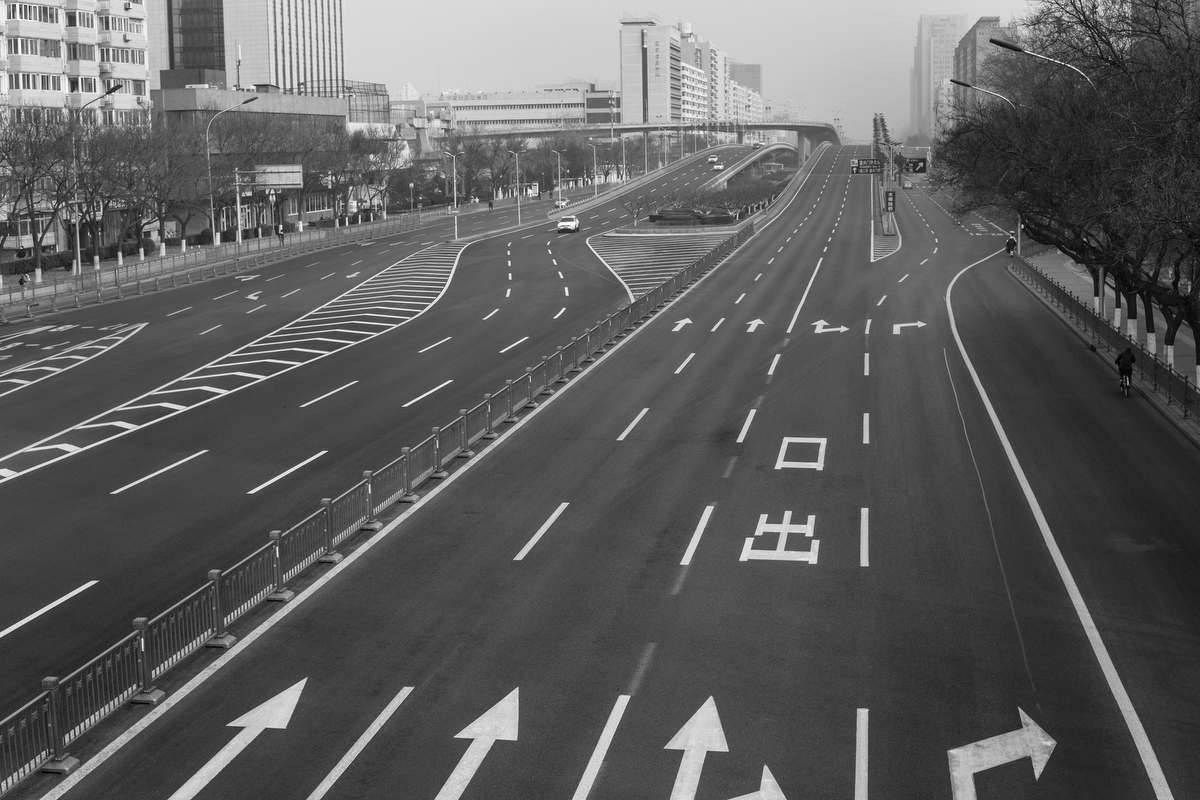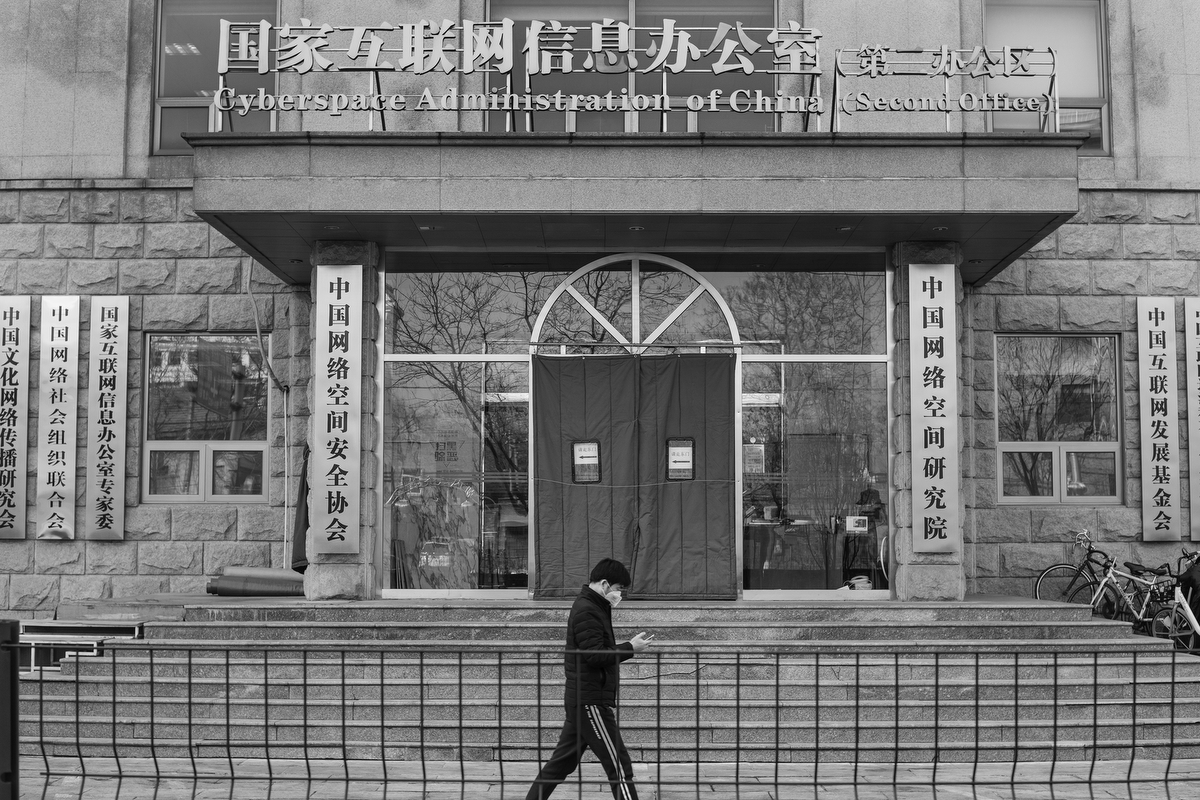Running on Empty
How Beijing Faced the Outbreak
A few days before the Lunar New Year last year, I called my mother for some urgent advice. Since I live in Europe and was not traveling home for the celebration, I decided to host a dinner party at my apartment. My invitation list soon grew out of hand, ending up with 15 guests. There were vegetarians, vegans, and non-pork eaters, a difficult endeavor for any Chinese chef, let alone a novice. My mother helped me decide on some easy-to-make and filling recipes. Before hanging up, we briefly discussed the mysterious, pneumonia-like disease sickening people in central China, far away from where my parents live. Around that time, Zhong Nanshan, a prominent Chinese pulmonologist well-respected for his work during the SARS outbreak in 2003, publicly confirmed that the virus that would come to be known as COVID-19 spread from human to human. Still, given how little information the government had yielded on the extent of transmission, the outbreak remained obscure, if alarming. “Are you guys wearing masks?” I asked my mother. “I’ve started to, but your dad hasn’t. We still have some masks that he bought on Taobao years ago,” she said. “Who knows if they’re still good—you know your dad always buys whatever’s the cheapest.”
On January 23, two days before the new year, government officials shut down Wuhan, the city of 11 million. The sudden and unprecedented undertaking gestured to the severity of the situation, and my parents canceled plans to visit our relatives and began to make use of the frozen yellow croakers and fish balls in their fridge. As authorities grappled with what was happening, Chinese reporters, as well as a crop of enterprising “citizen journalists,” exploited a moment of disarray in censorship to carry out hard-hitting investigations of authorities’ early misconduct and report on the experiences of individual families affected by the raging disease.
Suddenly, my days were consumed with ceaseless coverage of the virus. There were stories about sick patients unable to find hospital beds, mismanagement of medical supply distribution, whistleblowers silenced, and regular people’s lives disrupted by the draconian lockdown measures. I felt eaten up by rotating emotions of anxiety, despair, and anger. By the time my New Year’s party rolled around, everyone’s attention was on Wuhan. When a Syrian friend arrived at my apartment, the first thing he said was: “I am so sorry for what’s happening in your country.”
The night the whistleblowing ophthalmologist Li Wenliang died, the outpouring of anger and sorrow on Chinese social media was astonishing. The hashtag “IWantFreedomOfSpeech” trended on Weibo. Netizens shared the Les Misérables song “Do You Hear the People Sing” on their WeChat feeds. Even my relatives, normally indifferent to politics, posted pictures of Li with candle emojis. For a moment, the censors seemed to have lost control. The next day, I printed a photo of Li, slid it into a plastic document holder, and picked up a bouquet of flowers from a supermarket. There were no chrysanthemums, the flower for mourning in China, only an assorted bunch of white lilies and yellow gerberas. I placed them outside a park and lit four candles in glass jars. After much deliberation, I posted the memorial’s location in a WeChat group made up mostly of Chinese and foreign journalists and creatives, some of whom also lived in the same city as me. I had wanted to invite more people to pay tribute to Li, but I couldn’t shake the paranoia that even in Europe, my activities might somehow be monitored. My suspicion was not entirely unfounded. In Berlin, organizers of a vigil in Li’s memory were smeared as anti-China in local Chinese WeChat groups, deterring many from participating. In Paris, the Chinese Embassy called organizers of a similar event “malicious” and “immoral,” maintaining that Li’s sacrifice was that of a Party member carrying out his duty. That night, I received a message on Signal, an encrypted messaging app. It was a photo of my memorial site. Next to my white lilies now also stood three new bouquets: one consisted of white roses and chrysanthemums, another two were white and pink tulips.
Perusing the collection of images photographer Lin Dong made in Beijing between January and March 2020, the first thing I noticed was the ubiquitous presence of policing and surveillance: paramilitary People’s Armed Police patrolling public squares, security checks at subways, and security guards in shopping malls and in front of gated apartment complexes. As I ducked for cover from government attention, Dong gravitated toward it. On a bus passing the building of the Cyberspace Administration of China, the country’s Internet regulator, he jumped off at the next stop to shoot it. I was surprised to find the office responsible for “the world’s most sophisticated” Internet censorship looks just as clumsy as any typical site of bureaucracy in China: stone and marble edifice, shiny metal plaques, and a quilted vinyl door curtain to preserve indoor heating from the dusty cold outside.
If police asked Dong what he was doing, he told me, he pretended to be a pensioner fed up with his laoban at home, a Chinese word for elderly spouse. The truth was that the Chinese American photographer was in Beijing visiting his elderly mother. In mid-January, the virus was still covered sparsely, if not misleadingly, inside China, and Dong sensed the situation might be graver than what the government let on when he accessed international news through a VPN. When Wuhan went under lockdown, he felt compelled to document his surroundings. For the next 60 days, he spent his waking hours on the deserted streets of Beijing, moving through train stations, airports, subways, and parks, returning often to Tiananmen Square. “Beijing is normally so crowded that all you see is the back of people’s heads,” he says of the 21-million-resident capital, “but now there’s no one.” The desolation, he told me, brought back memories of the emptiness of the city in the aftermath of the crackdown on pro-democracy protests in the square in 1989. “When they started shooting, I turned around and behind me, Chang’an Avenue was empty,” he says. “So when Beijing suddenly fell empty [again], it brought back a sense of dread.”
One year after Wuhan’s lockdown, COVID-19 has been detected in nearly every country in the world, infecting more than 100 million people and killing 2.2 million. As friends and I huddled together at my New Year’s party dipping cucumber spears in a fiery chili sauce and gorging on garlicky eggplant salad, numbing dry hotpot, fragrant tea eggs, and then more store-bought dumplings at midnight, none of us imagined that a short two months later, the coronavirus would send our part of the world reeling, barricading borders and overwhelming hospitals. No one could fathom that Europe and the U.S. would still be mired in the pandemic now, heightened emergency measures spoiling Christmas, just as they had last year’s Lunar New Year in China. In China, what’s left of the virus is a handful of quickly clamped-down local outbreaks filling the intervals of an otherwise normal life. The streets are bustling, the economy rebounding. Though as New Year nears once again, the government, fearing holiday travel will help local cases spread, is encouraging migrants to celebrate the New Year where they are.
China’s success in hampering the coronavirus—and Western governments’ failure in doing so—handed China a superb opportunity to retell its coronavirus story. Official reports disregarded its early missteps and painted a rosy picture of “swift action” and “solidarity.” Ever since the beginning of the pandemic, nationalists and conspiracy theories have peddled misinformation about where the virus had originated. It didn’t take long before my father fell for it. Over the span of last year, he forwarded me dozens of articles on WeChat: “Czech molecular biologist emphasizes: Coronavirus came from the U.S. military lab!,” “U.S. media: The U.S. military reported coronavirus to the White House in November last year!,” and most recently, an article suggesting, falsely, that since all recent local outbreaks could be traced back to packaged goods from overseas and markets selling imported seafood, the virus is proved to not have come from China.
Over time, Chinese diplomats have joined the chorus, repeatedly doubting the virus’ origin. State media even went so far as manipulating an international expert’s remarks. Kecheng Fang, assistant professor of journalism and communication at the Chinese University of Hong Kong, told me that in China and elsewhere, debates about COVID-19’s origin are created for political purposes. “Criticizing others is a way to distract people from their countries’ own problems.” But in the cacophony of blame and propaganda, even my own memories began to fumble. I catch myself wondering whether information transparency is really that critical to pandemic control. And if so, why Western Europe, where I live, which prides itself on press freedom, is still humbled by COVID-19 while many citizens deny its reality?
Dong told me he photographed Beijing last year for the simple reason of wanting to bear witness. Now, he hopes his photos can serve as a memorial to the immense distress and loss, a situation created by its own government’s compulsion for secrecy and positive images. In his photographs, we see people grappling with an absence of reliable information, responding with desperation, but also resolve and ingenuity. A parent shields their child with plastic sheeting draped from the edge of an umbrella. A man wears a device on his arm intended to clean the air around him. A man and a woman hold onto each other as they flounder in disposable ponchos and plastic shoe covers. “When [accurate] information can’t circulate openly, rumors fill the vacuum and they scare people,” Dong says. “Ordinary folks try to take safety measures into their own hands.” Dong’s images hint at an alternative explanation for China’s ability to curb the outbreak: perhaps the credit lies not with China’s authoritarian model, but instead with the Chinese people, who, faced with disaster, made sacrifices big and small to protect their country, and one another.




